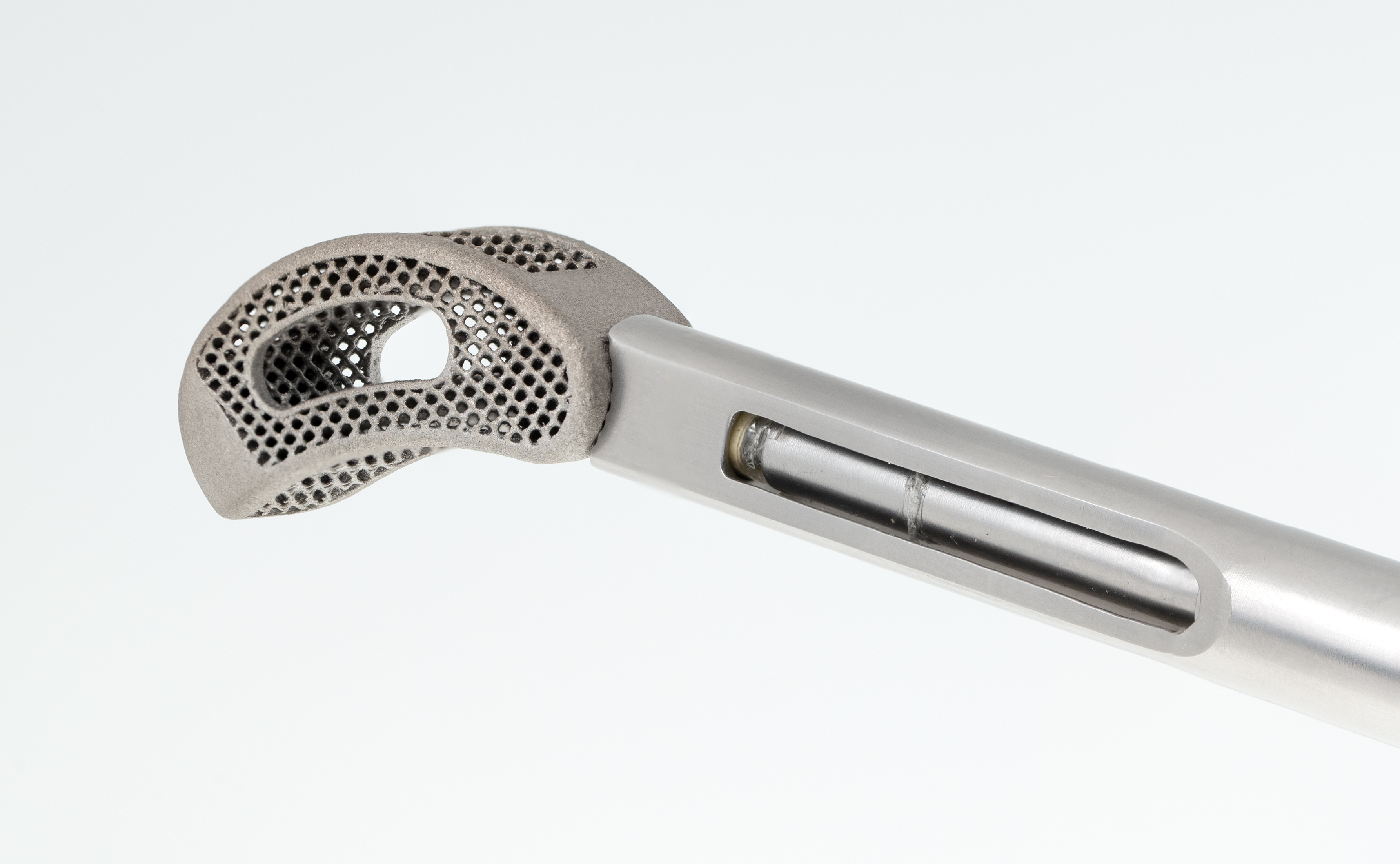Sanatmetal became one of the first in Hungary to test a medical device in a clinical trial!


Sanatmetal Ltd. became one of the first Hungarian medical device manufacturer to launch a clinical trial within the country. Our research and development department has earmarked around 150 million HUF for the investment to establish evidence regarding the safety and efficacy of the company’s newest spinal implant, the ReSpace TiCell cage.
The product launch is driven by the high incidence of lumbar degenerative disc and joint disease among the ageing population, which is one of the most common causes of disability. The ReSpace TiCell Cage provides an effective solution for addressing back pain, radicular and claudiculopathy and reduced mobility resulting in better quality of life, restoring lordosis and correcting deformity.
The ReSpace TiCell Cage is the company’s first 3D printed implant with its 3D printed titanium material, diamond grid structure, 76% porosity and 710 micrometre pore size. This innovative product allows for faster fusion, lower sedimentation and better osseointegration compared to other solutions on the market.
The print is made using selective laser sintering (SLS), one of the most common metal 3D printing solutions. It is a powder bed fusion process in which powder particles are locally fused together within a thin layer of metal powder using CAD data to create a three-dimensional geometry by the cohesion of successive layers. This method ensures the creation of a durable and implantable final product while allowing great freedom of form, particularly suitable for crafting shapes with complex geometries.
Sanatmetal’s single-centre clinical trial at the Buda Health Centre complies with all the requirements of the MDR (Medical Device Regulation) set to take effect on May 26 for medical devices across the European Union. A total of 99 operations form the basis of the measurement, with initial procedures already underway. As described in the official study overview, the primary objective of the study is to confirm the effectiveness of the ReSpace Ticell Cage implants in the transforaminal lumbar intervertebral fusion (TLIF) procedure compared to state-of-the-art solutions. The secondary objective is to further evaluate the efficacy and safety of our product to guarantee its high quality.
The clinical trial’s more comprehensive explanation is available at the following link:
https://clinicaltrials.gov/study/NCT06265038?id=NCT06265038&rank=1